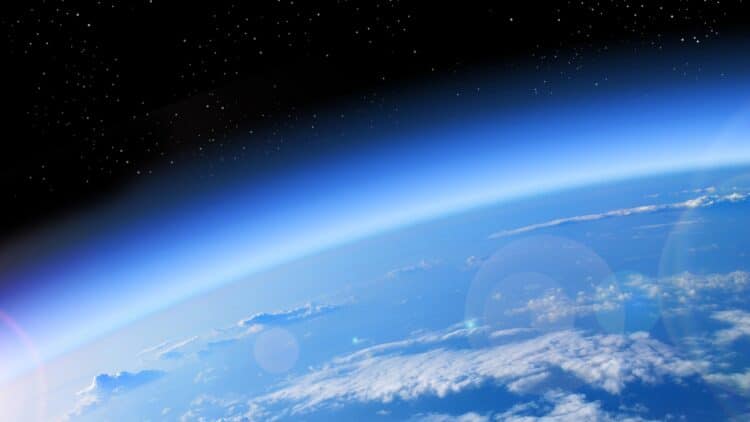For centuries, humanity lived in relative harmony with the seasons. But in recent decades, something has begun to change. Storms are hitting harder, droughts are lasting longer than they should, and glaciers are retreating at almost unbelievable speeds. At first glance, these phenomena may seem like isolated events, like the flash floods in California, disappearing glaciers in Switzerland, or relentless heat waves in western Canada. But when viewed together, they indicate that Earth’s climate machinery is undergoing a restructuring.
The world must face it
In North America and Europe, scientists are sounding the alarm. This is largely due to a recent study published in Geophysical Research Letters, which found that glaciers in the United States and Canada have lost approximately 12% of their ice volume since 2020, while those in Switzerland have lost even more, at 13%. This represents a rate of loss double that of the previous decade.
“Society needs to be asking what are the implications of ice loss going forward. We need to start preparing for a time when glaciers are gone from western Canada and the United States,” said the lead author Brian Menounos:
But the story isn’t just about ice. We can’t forget that on the US West Coast, meteorologists are monitoring so-called “rivers in the sky” — streams of vapor known as atmospheric rivers — that are dumping record volumes of rain and snow. These events can replenish reservoirs, but they can also trigger devastating floods and landslides. And what connects it all? The answer lies in a colossal, invisible engine of the atmosphere: the Hadley cell.
What is the Hadley cell?
Think of it as one of the engines of Earth’s climate. Scientists have confirmed that the Hadley cell is expanding and sliding toward the poles, shifting climate zones to new latitudes. This shift, which seems abstract, is anything but theoretical. It explains why previously humid regions are becoming drier and why storms are hitting areas farther north and south with renewed intensity. We also need to remember that it spreads across almost every aspect of the climate system.
- Drought and agriculture: Areas that once depended on seasonal rainfall now face long periods of drought. Farmers face uncertain harvests and less water availability.
- Heat and health: prolonged heat waves, intensified by drought, put ecosystems and human populations at risk. In fact, NASA has already warned about this other country that it will turn on a ‘blazing inferno’ in this century.
- Floods and storms: Warmer oceans fuel stronger atmospheric rivers. When these bands of moisture become stationary over vulnerable basins, the results can bedisastrous, as in California in 2010, when between 11 and 25 inches of rain fell in less than two weeks.
The choice is clear: prepare for tomorrow’s storms or be swept away by them
The good news is that science isn’t standing still. Researchers are pushing the boundaries of observation and prediction. Fiber optic cables on the seafloor are already helping to detect hidden processes that accelerate ice melt. NOAA, with its fleet of satellites, aircraft, and radars, is deciphering the anatomy of atmospheric rivers, allowing it to issue warnings five to seven days in advance of heavy rainfall.
This may seem small given the scale of the challenge, but these are steps that increase resilience. As Menounos warned, the task now is to prepare for the future we know is coming. That’s why Indonesia and China signed the Alliance of the Century, focusing on the future of wind energy.


